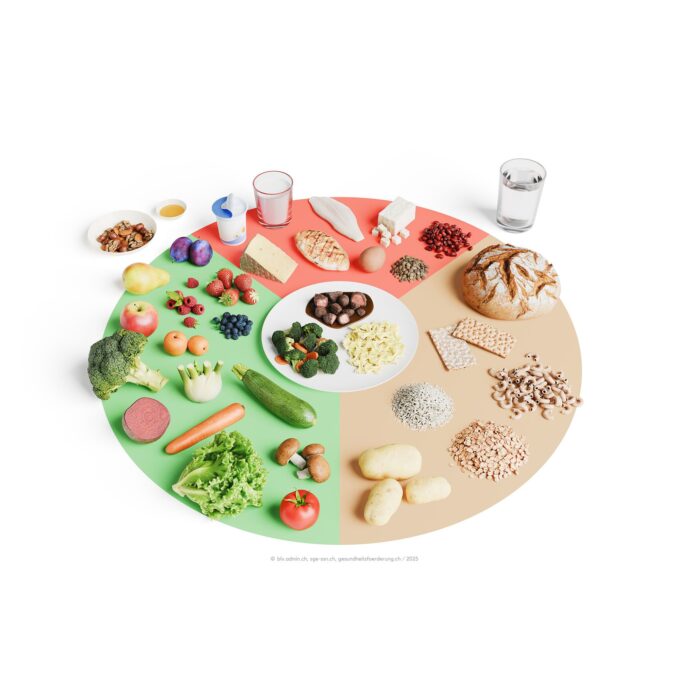Spring, summer, sun: enjoy well protected
Every year the same scenario: at some point you get tired of winter. Spring, summer and sun can't come fast enough. And yet the first concerns already begin: How do I protect myself from too much sun? Which UV protection is the best? Do clothes protect more effectively than sunscreen?

The sun is the life-giver par excellence. But too much sun harms. Ultraviolet radiation in particular (UV radiation) can damage eyes and Damage skin permanently. Depending on the skin type, damage sets in faster or later. On the other hand, we need sun exposure to form vitamin D, which is important for bone formation, among other things. In general, however, infants have no protection at all and children only limited protection and should therefore only be exposed to direct sunlight to a limited extent. It is only from the age of around 15 that the body has developed full protective mechanisms against harmful UV radiation. But even then, we should only spend a limited amount of time outdoors in direct sunlight without UV protection - depending on skin type, this can even be just a few minutes.
What protects me from too much UV radiation?
We usually use creams with UV protection for sunbathing. However, even the strongest of these - so-called sunblockers - only offer a sun protection factor (SPF) of 50. And they wash off in water, are rubbed off when dried, and must be applied several times for longer protection. Sunshades or sun awnings provide limited protection from indirect or reflected radiation. Dermatologists therefore recommend wearing clothing that covers the body for sun protection. Long trousers, a long-sleeved shirt and headgear with as wide a brim as possible or, for children, a neck guard can help. The color and type of clothing is also important. For example, dark colors offer a higher protection factor than light colors. Generally, UV radiation is best blocked by a denser material. Synthetic fibers therefore achieve a higher UV protection factor than products made from natural fibers.
In addition, of course, all uncovered areas of the body should be covered with a sunscreen with as high a UV protection factor as possible. Furthermore, you should also try to protect yourself and especially small children with a sunshade. So use the combination of clothing, parasol and sunscreen.
How can you recognize modern UV-protective textiles?
It is best to choose textiles that guarantee high UV protection. To be sure to what extent a textile protects against the sun's rays, you should pay attention to whether and with what UPF (Ultra Violet Protection Factor) a textile is advertised. UV-protective textiles protect highly effectively against UV rays. Depending on the base, they offer a protection factor (UPF) of up to 80, which means you can easily spend a whole sunny day outdoors.
Test: Hohenstein Institute









